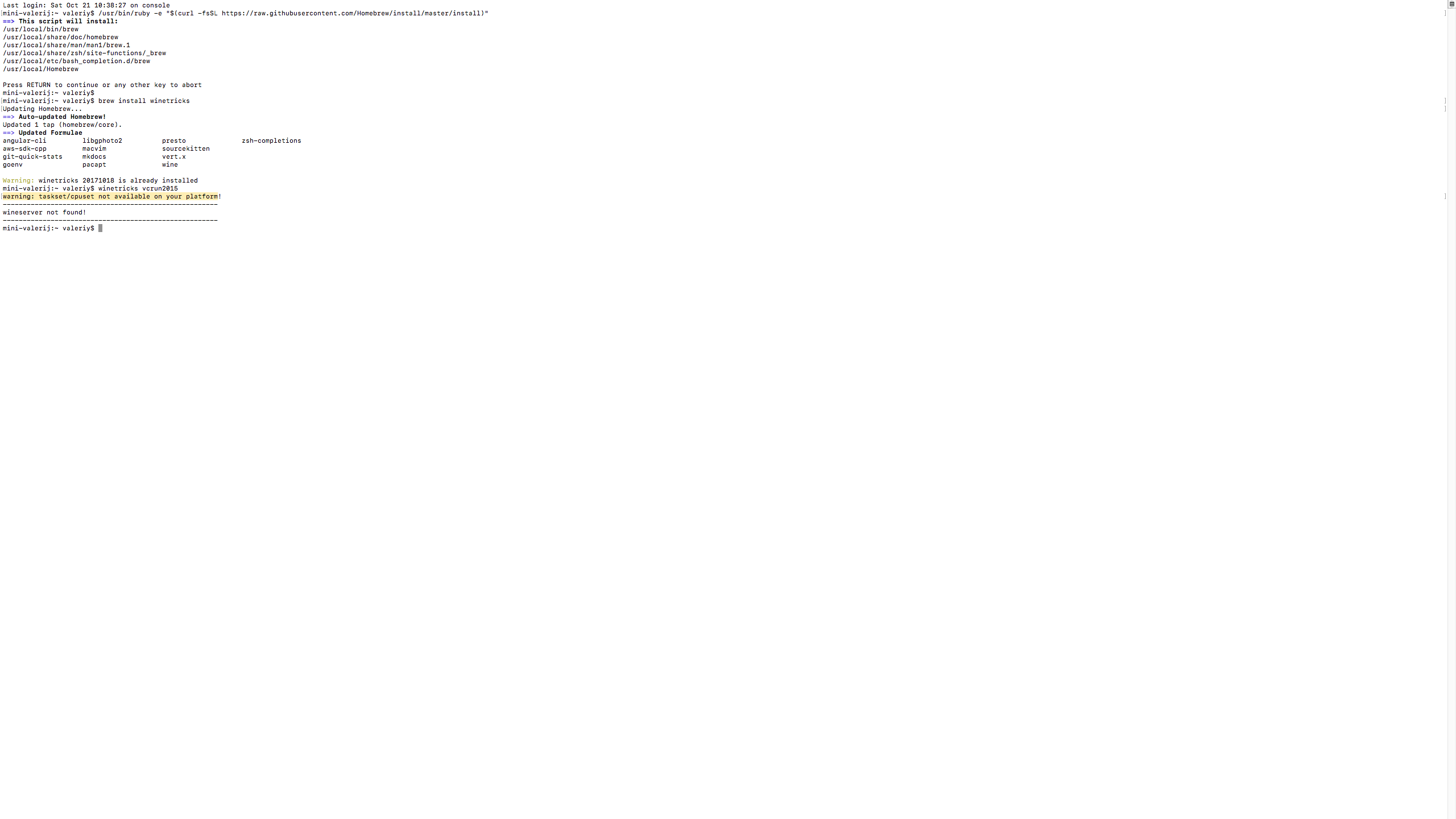


- #Upgrade homebrew mac how to
- #Upgrade homebrew mac install
- #Upgrade homebrew mac update
- #Upgrade homebrew mac full
- #Upgrade homebrew mac mac
Luckily both of those files usually come as default with an include for the ~/.bashrc file to load it during login shells as well. For login shells, the system will check for ~/.profile and load it if available, otherwise it will look for ~/.bash_profile and load that if available. We are going to use the ~/.bashrc file which gets executed everytime a new non-login shell is opened. The second and preferred method is to rearrange the locations in the PATH variable to allow /usr/local/bin to come before /usr/bin.

While this will definitely work in allowing the homebrew version of SSH to become the default, I would not advise this as updates to OSX may inadvertantly restore the system SSH client leaving you exposed again. The first and easiest is to simply delete the SSH binary in /usr/bin. There are two ways to address this problem. usr/bin:/bin:/usr/sbin:/sbin:/usr/local/bin The issue that many are likely to face is the /usr/bin comes before /usr/local/bin in their PATH variable which is where the new SSH client will be installed. By default the system SSH client is installed in /usr/bin/ssh. Now that we have OpenSSH installed using Homebrew we need to make sure it is the default SSH client. Making Homebrew OpenSSH Client the default
#Upgrade homebrew mac install
Now we have the latest OpenSSH recipes we can go ahead and install OpenSSH which we will use instead of the system SSH. If not go to and get started.įirstly we need to tap the homebrew-dupes library. This tutorial assumes that you already have homebrew installed on your system.
#Upgrade homebrew mac how to
This article explains how to upgrade your OpenSSH version on your machine using Homebrew. The linked articles explain how you can disable the vulnerable feature of OpenSSH in your local configuration. This vulnerability could allow an SSH client to leak private key information, potentially exposing users to man-in-the-middle attacks.
#Upgrade homebrew mac mac
This saves manually checking for new versions and hopping over to websites to download, and then install, new versions.īecause Homebrew runs from the command line, it’s scriptable, which means it’s easy to add to, for example, new Mac setup scripts.Yesterday the OpenSSH project reported a client side vulnerability affecting OpenSSH versions 5.4 - 7.1.
#Upgrade homebrew mac update
The upshot is that, once you have an app installed, you can periodically call brew update and then brew upgrade to install app updates. They are listed by type when you do brew update. You install apps with a simple brew install or brew cask install, depending on the type of app you want to install. Updates and new apps are displayed when you next run brew update. With you Tap set up and Casks and/or Formulae added, your users can then enter brew tap which sets up their local Brew installation to look their for apps to install and for updates to existing apps. That’s not required for the other modes removing an app just involves deleting it from known folders. pkg file also need to include a mechanism by which Homebrew can uninstall them. The important keys are binary, app and pkg which, respectively, tell Homebrew the app is a CLI tool to be be made accessible in /usr/local/bin, is an app that should be added to the main Applications folder, or is installed using the named. Take a look at the contents of the Casks directory for examples, but here’s one: cask "ascii" do
#Upgrade homebrew mac full
Brew has a component called Cask which is used to distribute full apps and binary files that, unlike Brew Formulae such as those listed above, are not compiled from source when they’re installed. I thought it would be fun to distribute my own apps through Brew.


 0 kommentar(er)
0 kommentar(er)
